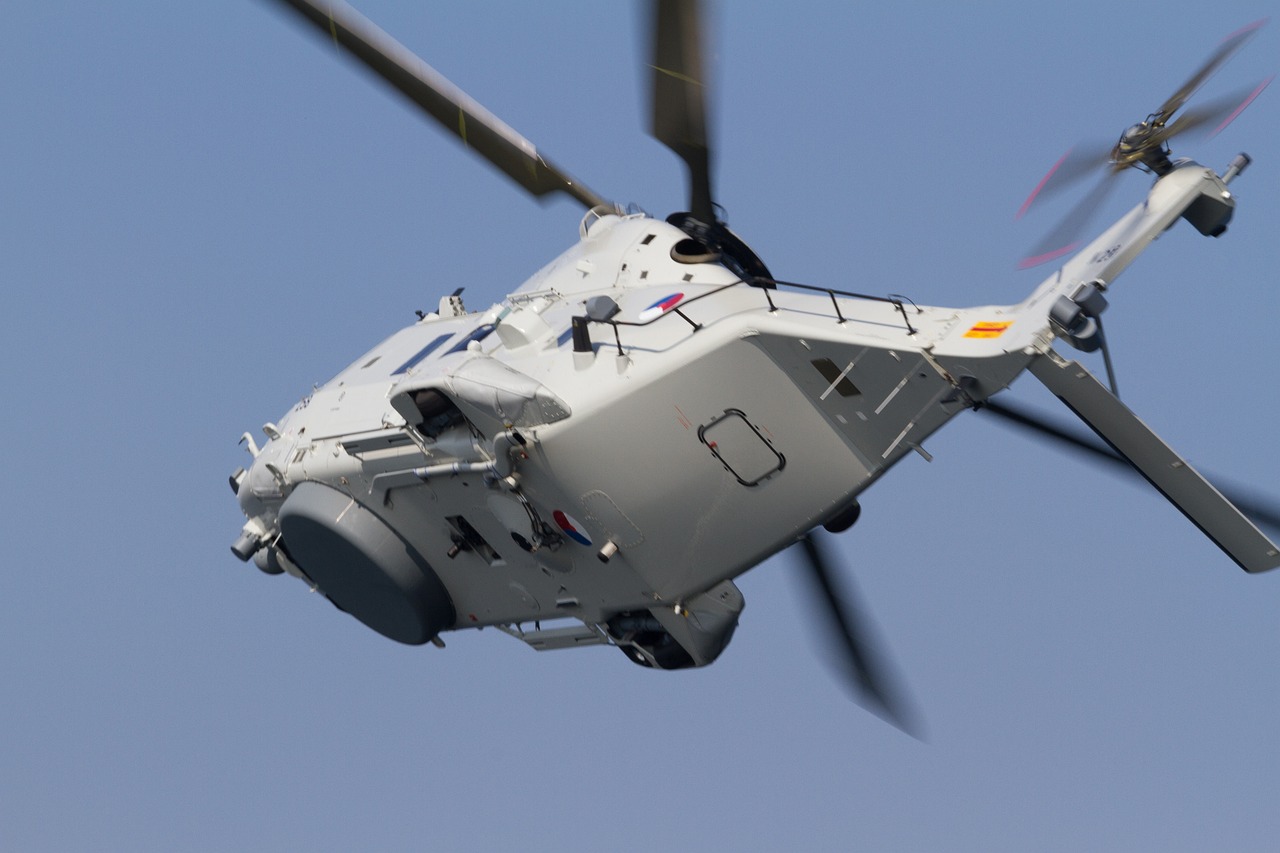Hydrological Monitoring Cross-section: Definition, Importance, and Application
The hydrological monitoring cross-section is a key component in the field of hydrology. It refers to a cross-section along a stream or river where water levels, flow rates, and other relevant data are continuously monitored. This data collection is crucial for understanding water flow patterns, predicting flooding, and managing water resources. Hydrological monitoring cross-sections are typically established in areas of interest, such as near bridges, dams, or other structures that may affect water flow. The data collected from these cross-sections can then be used to evaluate the performance of these structures and ensure public safety. Additionally, this information is essential for environmental studies, as it provides insights into the health of streams and rivers and the impact of human activities on them.
Hydrological monitoring is a crucial component of water resource management, enabling the tracking and assessment of water quality and quantity. A hydrological monitoring cross-section is a specific location within a stream, river, or other waterbody where water quality and quantity are measured. This article will define what a hydrological monitoring cross-section is, discuss its importance, and explore its application in water resource management.
What is a Hydrological Monitoring Cross-section?

A hydrological monitoring cross-section is a two-dimensional plane perpendicular to the flow of water within a stream or river. It is equipped with instruments that measure various hydrological parameters, such as water level, velocity, temperature, pH, dissolved oxygen, and conductivity. These instruments collect data over time, allowing for the analysis of water quality and quantity.
Importance of Hydrological Monitoring Cross-sections
Hydrological monitoring cross-sections are crucial for several reasons:
1、Assessment of Water Quality: By measuring various water quality parameters at a hydrological monitoring cross-section, managers can assess the state of water quality. This information is used to ensure the safety of drinking water, protect human health, and preserve aquatic ecosystems.
2、Management of Water Quantity: Hydrological monitoring cross-sections provide valuable information on water quantity, such as flow rate and volume. This data is used to manage water resources effectively, allocate water to different users, and ensure sustainable water supply.
3、Detection of Pollution: Hydrological monitoring can help detect pollution incidents by identifying abnormal levels of pollutants in the water. This allows for prompt action to be taken to protect water resources and human health.
4、Planning and Design: Hydrological monitoring data can inform the planning and design of water resource infrastructure, such as dams, reservoirs, and treatment plants. By understanding the hydrological conditions at a specific location, engineers can design facilities that effectively meet the needs of the community while protecting the environment.
5、Research and Education: Hydrological monitoring cross-sections are valuable for research and education purposes. By collecting long-term data sets, researchers can study the behavior of water bodies under different conditions, develop new theories, and improve water management practices. Additionally, educational institutions can use these data sets to teach students about hydrology and water resource management.
Application of Hydrological Monitoring Cross-sections

Hydrological monitoring cross-sections are used in various applications, including:
1、River Health Assessment: Hydrological monitoring can assess the health of a river by measuring water quality parameters and flow rates. This information is used to identify any degradation in river health, allowing for prompt action to be taken to improve the river's condition.
2、Flood Management: Hydrological monitoring cross-sections are used to measure the flow rates during floods, allowing for the prediction of flooding in downstream areas. This information can be used to implement effective flood management strategies, such as building flood barriers or warning residents of impending floods.
3、Water Supply Management: Hydrological monitoring helps manage water supply by providing information on water availability and quality. This allows water utilities to allocate water resources efficiently, ensuring a reliable supply for domestic, agricultural, and industrial use.
4、Environmental Protection: Hydrological monitoring supports environmental protection efforts by providing data on water quality and quantity. This information allows agencies to identify potential pollution incidents, assess the impact of pollution on aquatic ecosystems, and implement effective pollution control measures.
5、Integration with Other Monitoring Methods: Hydrological monitoring can be integrated with other monitoring methods, such as biological monitoring and chemical monitoring. By combining these methods, a comprehensive understanding of the state of water resources can be obtained, allowing for the development of effective management strategies.
Conclusion
Hydrological monitoring cross-sections play a vital role in water resource management by providing information on water quality and quantity. They are crucial for assessing river health, managing floods, ensuring a reliable water supply, protecting the environment, and integrating with other monitoring methods. By investing in hydrological monitoring programs, communities can ensure that their water resources are managed effectively and sustainably over time.
Articles related to the knowledge points of this article:
Hydrological Monitoring Data: Insights into Water Resources and Environmental Conditions
Hydrologic Monitoring Data Communication Protocol
Hydrological Monitoring RTU: Importance and Application in Water Resource Management
How to Read a Hydrographic Monitoring Gauge: A Comprehensive Guide